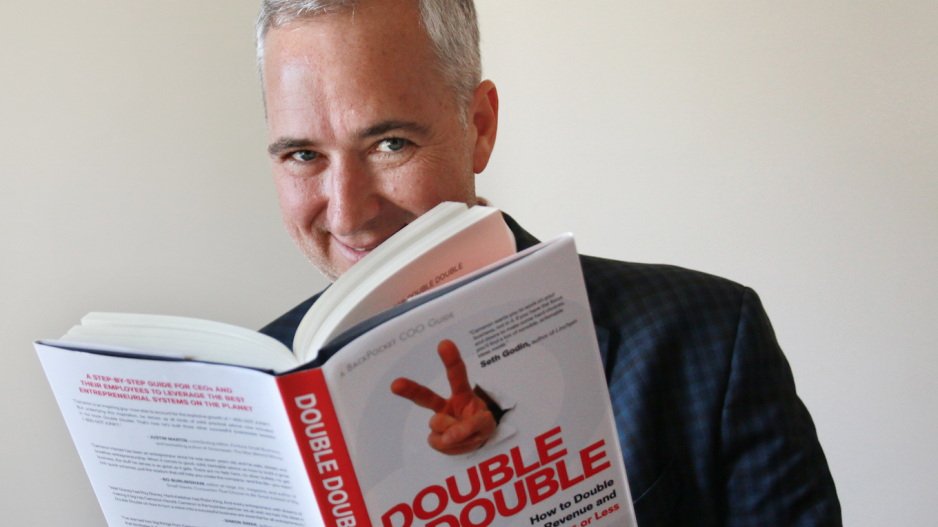Some Vancouver small-business owners enjoyed a welcome bump July 11 as Amazon.com Inc. set new sales records during its Prime Day event.
The Seattle-based online retailer did not reveal total sales during the 30-hour Prime Day period, between 6 p.m. on July 10 and midnight on July 12. Nor did the company reveal how much of its Prime Day sales were in Canada.
Nonetheless, it announced that the dollar value of sales during its third annual Prime Day was 60% higher than the amount from last year’s event, and that its Canadian site, Amazon.ca, set a new daily sales record.
The apparent magnitude of the sales during the discounting frenzy baffled some retail analysts.
“I did not expect Prime Day to be bigger for Amazon than Black Friday,” said DIG360 principal and retail analyst David Gray.
“They would not say that if it is not true, so it is really surprising.”
He believes that Amazon’s push for its Prime Day is a response to Alibaba Group Holding Ltd. (NYSE:BABA), which has the biggest online sales day in the world, Singles Day, which it holds in November.
Last year, Alibaba announced that it had racked up almost $18 billion in sales during its 24-hour event in China. Gray questioned why Amazon would not reveal the exact value of its Prime Day sales, given that the company is clearly proud of its volume, unless it paled in comparison to what Alibaba does.
Entrepreneurs based in Vancouver who sell on Amazon.ca, meanwhile, confirmed to Business in Vancouver that sales were indeed far higher than they would expect on an ordinary Tuesday in July.
Cameron Herold, who has self-published three books, said that his ebook sales on the Kindle platform through Amazon.ca were 75% higher on Prime Day than on recent weekdays.
And HappyGrün principal Oliver Bleicher said July 12 that sales at his business, which markets a soil-free plant system and accessories, doubled on July 10 and tripled on July 11 compared with average weekdays. That was largely what he had told BIV a few days earlier that he expected.
Most of those sales were likely prompted by a 30% discount, but Bleicher said that he generated about $3,000 during the two days whereas sales are typically between $500 and $800 per day.
Gray said small businesses that have distinctive offerings, such as HappyGrün, will be the biggest winners if Amazon continues to disrupt the retail sector and increase revenue at a brisk pace.
Amazon generated US$136 billion in sales in its last full fiscal year, which ended December 31. That was 27% more than the US$107 billion it generated in 2015, or 28% more than in 2015 once currency fluctuations were excluded.
“When it’s a small business’ own label, Amazon is a channel that they can look at,” Gray said.
“If you’re smaller, the potential gain that Amazon provides you is more compelling than if you’re a large brand that has a lot of investments in maintaining an exclusivity and image, like Nike [Inc. (NYSE:NKE)] or Lululemon [Athletica Inc. (Nasdaq:LULU)]. For them, it’s a harder decision than if you’re an upstart brand.”
Nike last month announced that it plans to sell its products on Amazon websites as part of an Amazon brand-registry program that is designed to keep counterfeit goods off the site.
The news sent the share prices of sporting goods retailers, such as Foot Locker Inc. (NYSE:FL), in a downward spiral.
“The guys who are really going to struggle in this era of Amazon are the ones that are multi-brand resellers,” Gray said.
Retailers that sell other companies’ brands could find their competitive advantage stripped away as consumers gravitate to large e-commerce sites, he said. •




